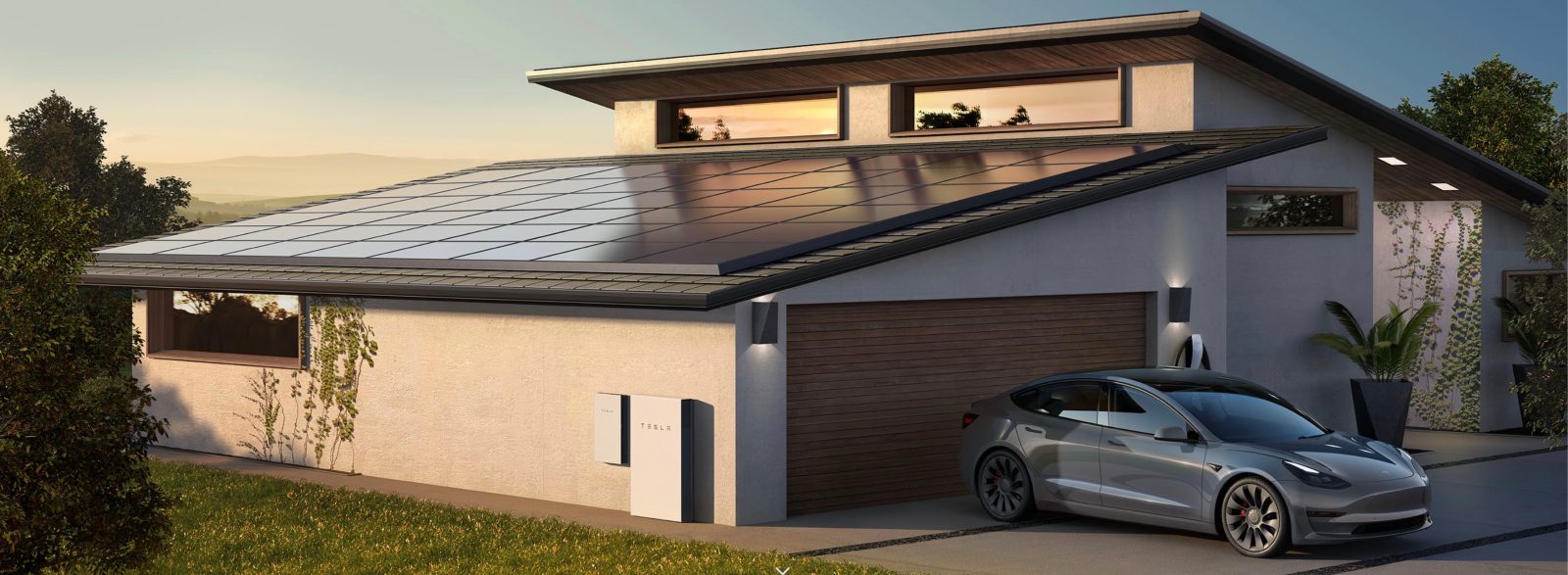
Tesla has been approved to create a “statewide market design pilot” for a virtual power plant (VPP) in Texas. The company will be able to band its Powerwall customers together to deliver grid services in the state and get them compensated for it.
Tesla virtual power plant
We have seen Tesla putting a lot of effort into virtual power plants lately.
A virtual power plant consists of distributed energy storage systems – like Tesla Powerwalls – used in concert to provide grid services and avoid the use of polluting and expensive peaker power plants.
Last year, Tesla launched a VPP pilot program in California, where Powerwall owners would join voluntarily without compensation to let the VPP pull power from their battery packs when the grid needed it. It helped Tesla prove the usefulness of such a system.
Following the pilot program, Tesla and PG&E (the electric utility covering Northern California) launched the first official virtual power plant through the Tesla app in June.
This new version of the virtual power plant actually compensates Powerwall owners $2 per kWh that they contribute to the grid during emergency load reduction events. Homeowners are expected to get between $10 and $60 per event.
Later, we reported that Tesla’s California VPP expanded to Southern California Edison (SCE) to now cover most of the state. Shortly after, the VPP had its first event, and it was extremely successful.
By September, Tesla’s California VPP had a capacity of up to 50 MW.
Tesla Texas virtual power plant
Tesla has been trying to build a VPP in its new home state this year, but it needed to change some rules with the local market authorities before making it happen.
In May, we reported on Tesla lobbying for any homeowner with solar and batteries to participate in Texas’s energy market.
The company was asking for a rule change with the Electric Reliability Council of Texas (ERCOT), an organization operating Texas’s electrical grid, that would enable electric utilities with customers with behind-the-meter solar and batteries, meaning people with residential solar, to bid on the extra capacity.
At the time, we speculated that Tesla could be seeking the rule change to enable a virtual power plant with its Powerwall customers in the state.
Sure enough, Tesla confirmed it a month later when it launched a virtual power plant demonstration in Texas in order to demonstrate to ERCOT the value that VPPs can bring to the grid.
The demo was opened to only about 200 Tesla Powerwall owners in the North of Texas, but apparently, it was successful because Tesla is now moving to a “statewide” VPP.
Arushi Sharma Frank, Tesla’s US energy markets policy lead, announced on LinkedIn:
With the unfaltering support of the Public Utility Commission of Texas and ERCOT, a couple of smart-as-hell staffers doing kickass project management including Tiffany Wu the ADER Task Force Chair and Vice Chair Jason Ryan and I got our formidable group of ADER task force members together this week in Austin to celebrate creating a statewide market design pilot for small distributed energy resources to provide grid service exports – and we did it in 45 days. We at Tesla cannot wait to get started with bringing the VPP experience to Texas consumers.
It sounds like Tesla has received the green light to expand their VPP statewide in Texas and offer customers who enroll their battery packs real benefits for services to the grid.
Electrek’s Take
This is a big deal. The Texas electric grid has had a few tough years where it came close to a meltdown.
They have been adding energy storage at the utility-scale, which can help stabilize the grid, and Tesla is participating in that too with Megapacks projects in Texas, but Tesla also has a lot of Powerwall customers in the state who can have a great impact together.
But the company needed for ERCOT to get on board and enable these customers to actually provide grid services through a VPP and get them compensated for those services.
I would expect Tesla to roll out the program fast, especially with the experience it gained in California this year.
FTC: We use income earning auto affiliate links. More.